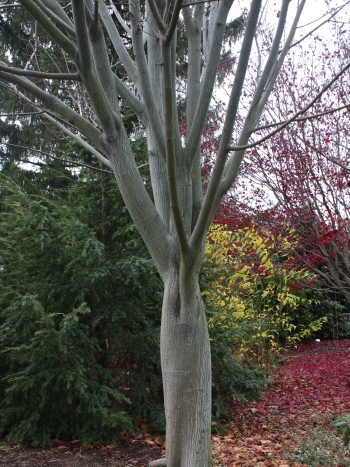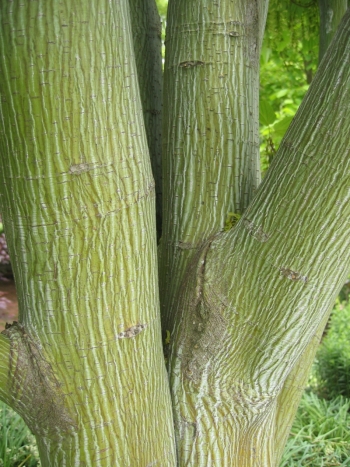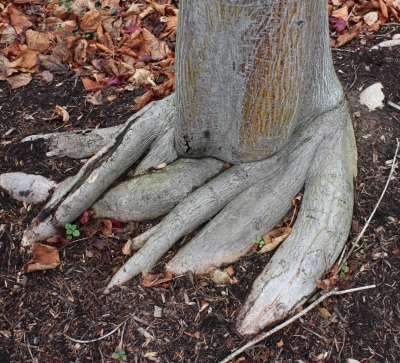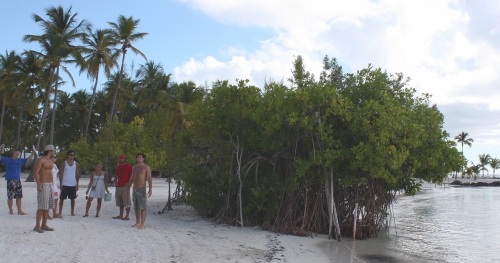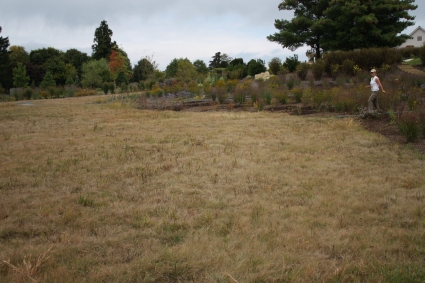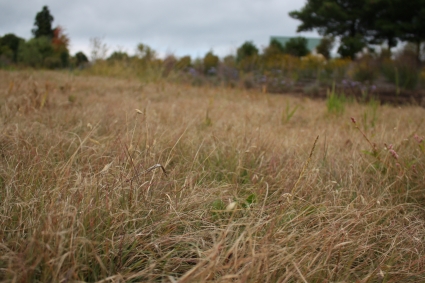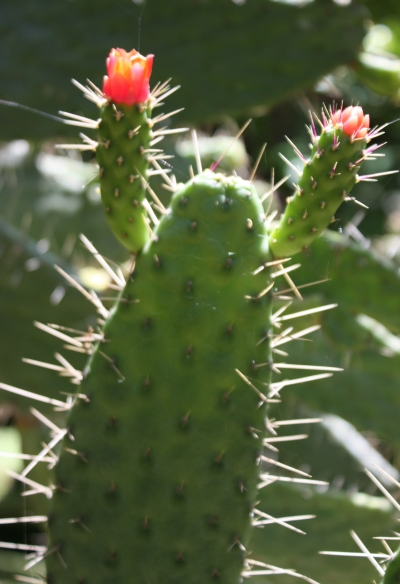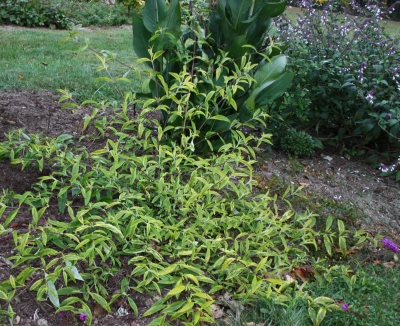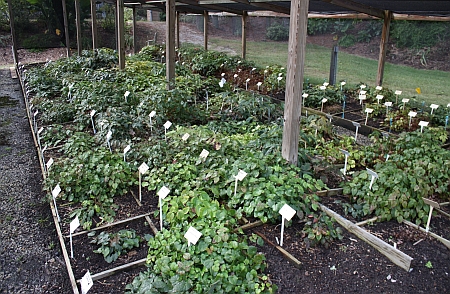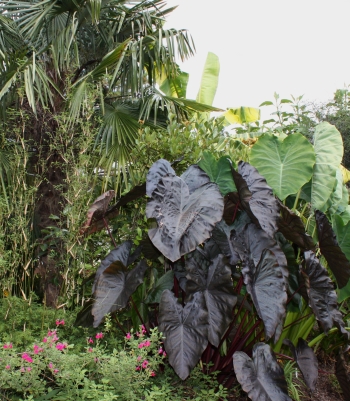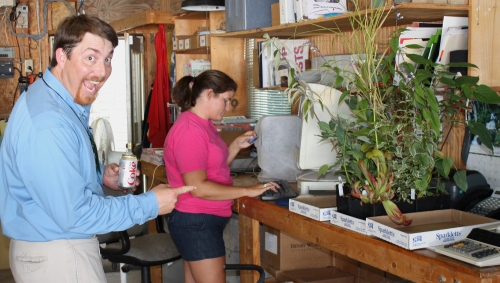Bet you weren’t expecting this on TUESDAY, eh?
Heh, heh.
Situation: these photos are from a grad student project. We wanted to create, observe, and record nutrient deficiency symptoms, so we grew the plants hydroponically in a made-from-scratch nutrient solution, containing everything except one particular nutrient. There were 12 separate batches of solution, one missing each essential mineral nutrient (N,P, K, Ca, Mg, S, Fe, Mn, Cu, B, Mo, Zn – couldn’t exclude Cl as it’s too common in salts). As my research interest is herbaceous perennials, some common perennial taxa served as our victims, er, subjects.
Here’s the set up for the Verbena ‘Homestead Purple’ experiment – rooted cuttings were placed in the little buckets and secured by the lids. The nutrient solution was constantly aerated. For most elements, symptoms appeared between two and four weeks after the start of the project. Symptoms, depending on the elemental deficiency, included chlorosis (yellowing) of old or new leaves, leaf curl, speckling, stunted growth, and in one case, some excessive growth.
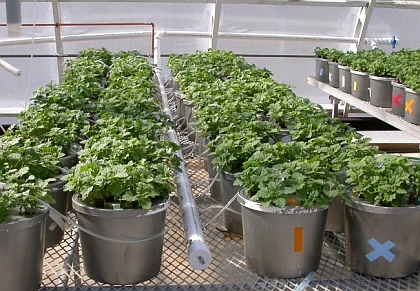
Below are results from day 42 of the study. We lifted the lids, hanging-basket style, so we could examine the roots. The control (received a complete nutrient solution) is on the left; Rapunzel there, on the right, lacked a nutrient. Quiz question: What element was missing in this particular case? What made you come to this conclusion?
Hint: If you have a rudimentary knowledge of garden fertility, be it veggie or ornamental, you can probably figure this out. I’ll go ahead and rule out the pesky micronutrients.
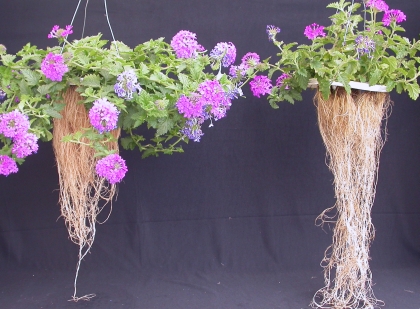
(L) Control: received complete nutrient solution (R) Deficiency solution

